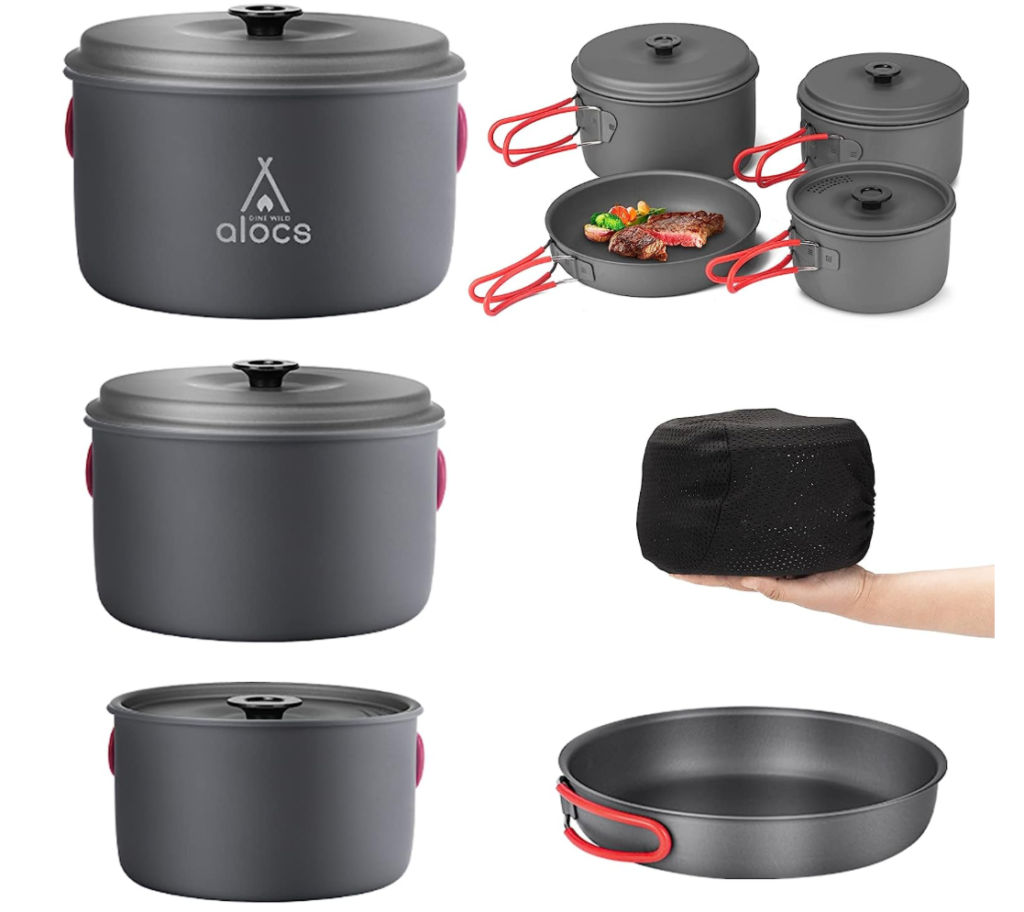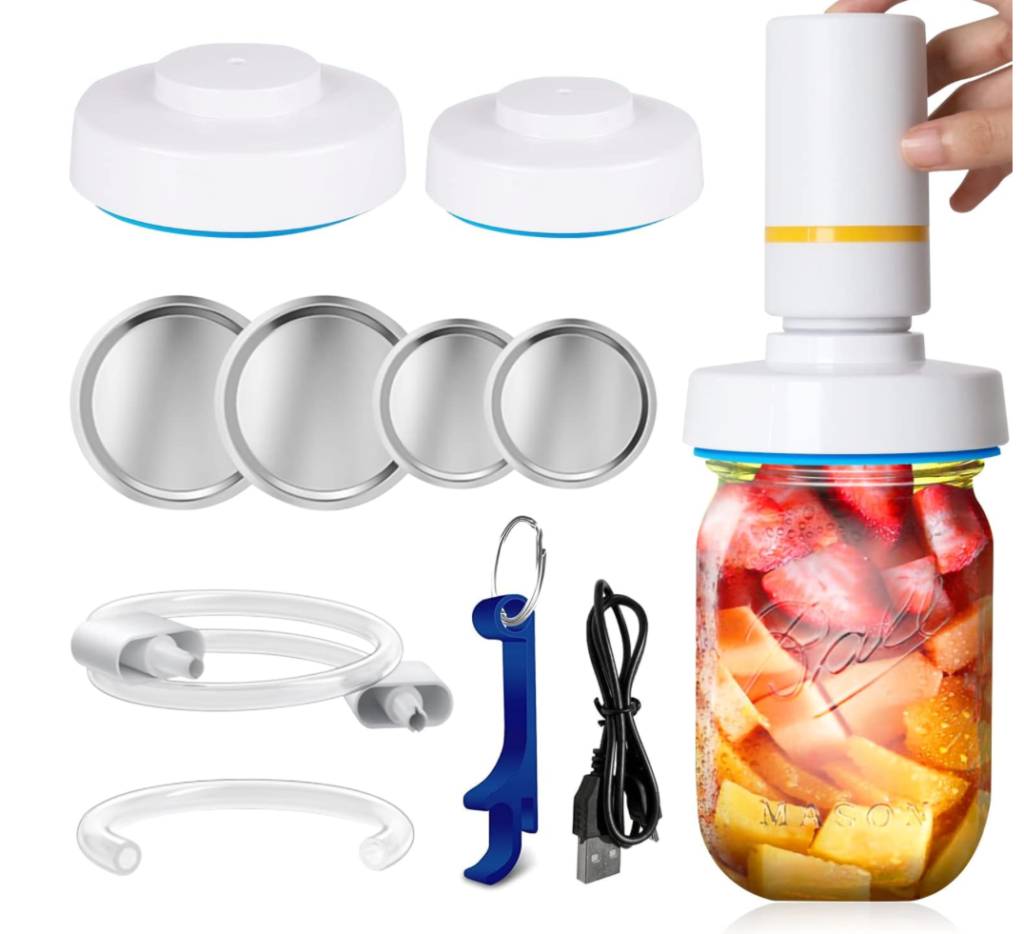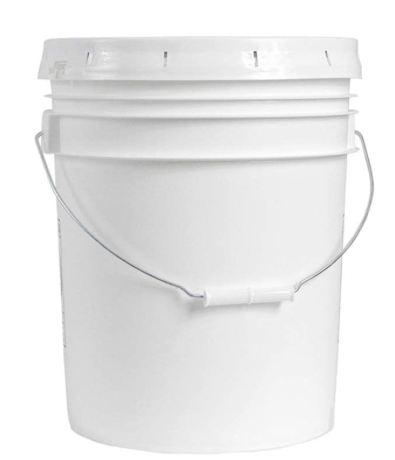A prepper pantry is a stockpile of food and supplies that is designed to sustain a person or family during an emergency or disaster situation. The term “prepper” refers to someone who takes steps to prepare for potential emergencies, such as natural disasters, economic collapse, or social unrest.
A prepper pantry typically includes non-perishable foods that can be stored for long periods of time, such as canned goods, dried beans and grains, and freeze-dried or dehydrated foods. It may also include emergency supplies such as water, first aid kits, flashlights, batteries, and other items that are necessary for survival during an emergency.
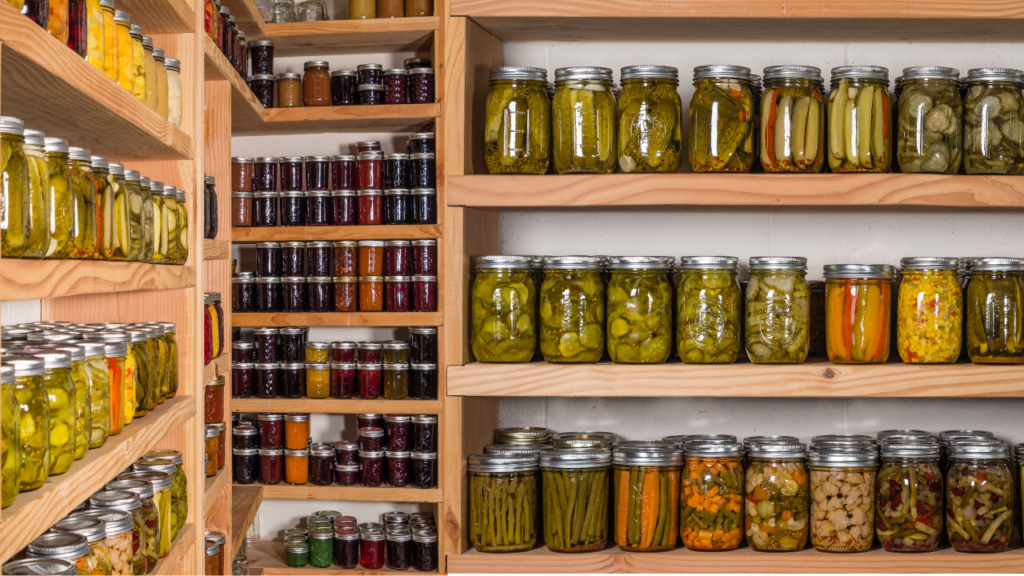
Some preppers may also choose to store items such as ammunition, weapons, and tools in their pantry or in a separate location. The goal of a prepper pantry is to be self-sufficient and prepared for any situation, so that the person or family can survive for an extended period of time without outside assistance.
So you ask yourself, do I need one? In my opinion, yes. For instance, you do not need an extreme prepper pantry that has wall to wall food items and 400lbs of dog food. However, you should have a small stash of non-perishable food that can last your 6 months to a year if needed.
How To Have A Prepper Pantry
- Determine your needs: Consider the number of people in your household, any dietary restrictions or preferences, and how long you want your pantry to last in case of an emergency. This will help you calculate the amount of food and supplies you need to store.
- Choose a storage location: Select a cool, dry, and dark location for your pantry. A basement, closet, or spare room may be suitable. Make sure the area is well-ventilated and free of pests.
- Create a list of essential items: Make a list of non-perishable food items that you and your family enjoy and will eat. Include canned goods, dried fruits and vegetables, grains, nuts, and seeds. Also, consider other important supplies such as water, hygiene products, first aid kits, and batteries.
- Purchase items in bulk: Purchase items in bulk to save money and ensure you have enough for an extended period of time. Look for sales and discounts to maximize your savings.
- Store items properly: Proper storage is essential to ensure the longevity of your pantry items. Use airtight containers or mylar bags to protect against moisture, pests, and oxygen.
- Rotate and replenish items: Check your pantry periodically to ensure that items are still within their expiration dates and rotate them as necessary. Use older items first and replenish your supplies as needed.
- Learn how to prepare and cook your stored foods: Familiarize yourself with recipes and cooking methods for the foods in your prepper pantry. This will help you make the most of your supplies and ensure that you and your family have a variety of nutritious meals during an emergency situation.
Remember that having a prepper pantry is just one aspect of emergency preparedness. It is important to have a plan in place for other essential items such as medical supplies, communication devices, and shelter.
How to Have a Prepper Pantry without a Storage Space
Having a prepper pantry is important for emergency situations, but it can be a challenge if you don’t have enough storage space. Here are some tips for creating a prepper pantry without a lot of storage space.
Start with the essentials
Begin by stocking up on the most essential items, such as canned goods, dried beans and grains, and bottled water. These items can be stored in a small pantry cabinet, under the bed, or in a closet.
Use space-saving storage containers
Invest in space-saving storage containers such as vacuum-sealed bags, stackable storage bins, or collapsible containers. These containers can help you make the most of your limited storage space.
Rotate your stock
To prevent your prepper pantry from taking up too much space, it’s important to regularly rotate your stock. Use older items first and replace them with new items. This will ensure that you always have fresh supplies on hand without overcrowding your storage space. Remember the phrase “FIFO” first in, first out. You can also use stickers or labels to help you remember to use something first.
Use vertical storage
Use wall-mounted shelves or racks to store canned goods and other supplies vertically. This will help you maximize your storage space without taking up valuable floor space.
Choose versatile items:
Look for items that can serve multiple purposes, such as canned soup that can be eaten on its own or used as a base for other dishes. This will help you conserve space by minimizing the number of items you need to store.
Keep your pantry organized: Keep your prepper pantry organized and tidy by using labels, grouping similar items together, and regularly taking inventory. This will help you make the most of your limited storage space and ensure that you always have the supplies you need in an emergency.
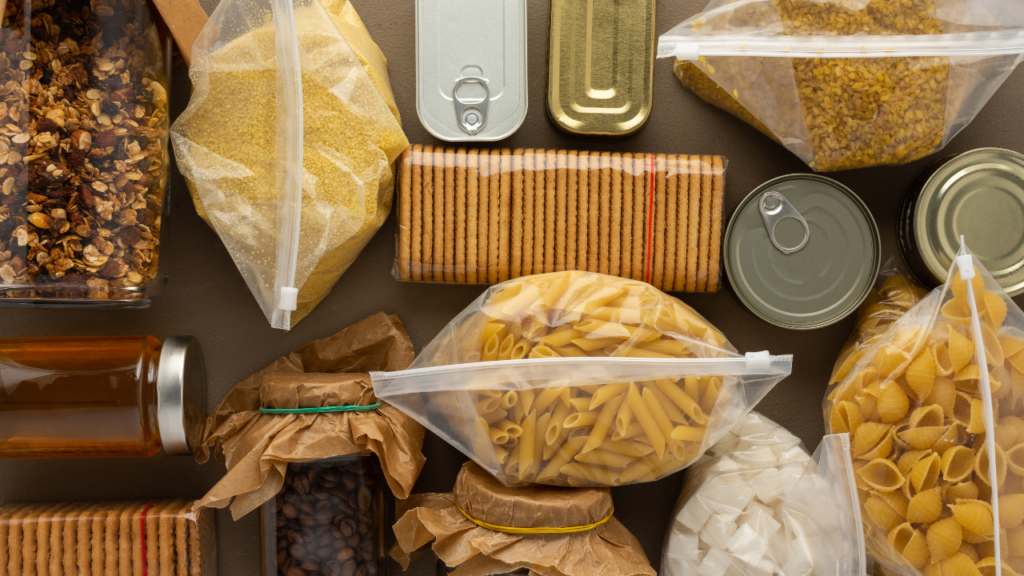
What are the Key Items in a Prepper Pantry?
- Water: Store at least one gallon of water per person per day for at least three days. You may also want to store water purification tablets or a water filtration system.
- Non-perishable food: Stock up on non-perishable foods such as canned goods (meat, vegetables, fruits, soups), dried foods (rice, pasta, beans, nuts), and freeze-dried foods. Aim for a minimum of three days’ worth of food for each person.
- Protein sources: Include protein sources such as canned meats (tuna, chicken, salmon), peanut butter, jerky, and protein bars.
- Cooking and food preparation supplies: Keep a supply of fuel (propane, charcoal, or wood) and a camp stove or grill. Don’t forget cooking utensils, pots, pans, and can openers.
- Sanitation and hygiene supplies: This includes toilet paper, hand sanitizer, soap, toothpaste, feminine hygiene products, and diapers (if needed).
- First aid supplies: Keep a well-stocked first aid kit, including bandages, antiseptics, pain relievers, and any necessary prescription medications.
- Tools and supplies: Include a multi-tool, flashlight, batteries, matches, and a hand-crank or battery-powered radio.
- Cash and important documents: Keep some cash on hand in case ATMs are not working. Store important documents such as passports, birth certificates, insurance policies, and medical records in a waterproof container.
Our Favorite Supplies for Prepper Pantries
Water Filtration Systems
Life Straw Portable Filtration System. Great for portable water system that you can drink from anywhere.
Portable Cookware

JetBoil Camping Stove. Great to boil water, cook in and is compact and portable. A great option if open flames are unavailable.
First Aid Kits
First Aid Kit Option 2. Still portable but much easier to navigate with more first aid contents.
Multi-Tools
Waterproof Containers for Important Documents and Other Stuff
Food Storage and Preserving Methods

Freeze Dryer (Expensive, but worth it if you freeze dry enough food).

21.5 Quart Water Bath Canner

Wide Mouth Quart Mason Jars

Food Saver Machine. Vacuum seals food into food saver bags. Good for pantry, freezer, or fridge use.

23 Quart Pressure Canner
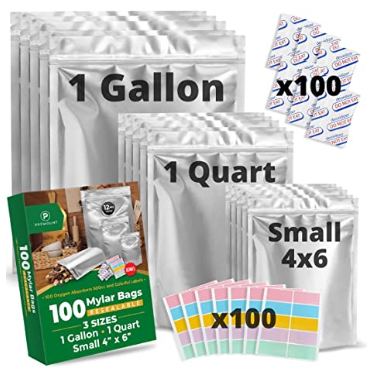
Mylar Food Storage Bags
Continue Reading About Food Preservation
Recent Posts
In general, to harvest your own seeds, you must choose mature, healthy plants, allow seeds to dry out, and remove the seeds when they are completely dry. However, this process will look different for...
A guide on how to store and organize seeds for your garden. Vegetables, flowers, herbs, or anything you are wanting to grow. How to Store Your Seeds Proper storage of garden seeds is essential...



